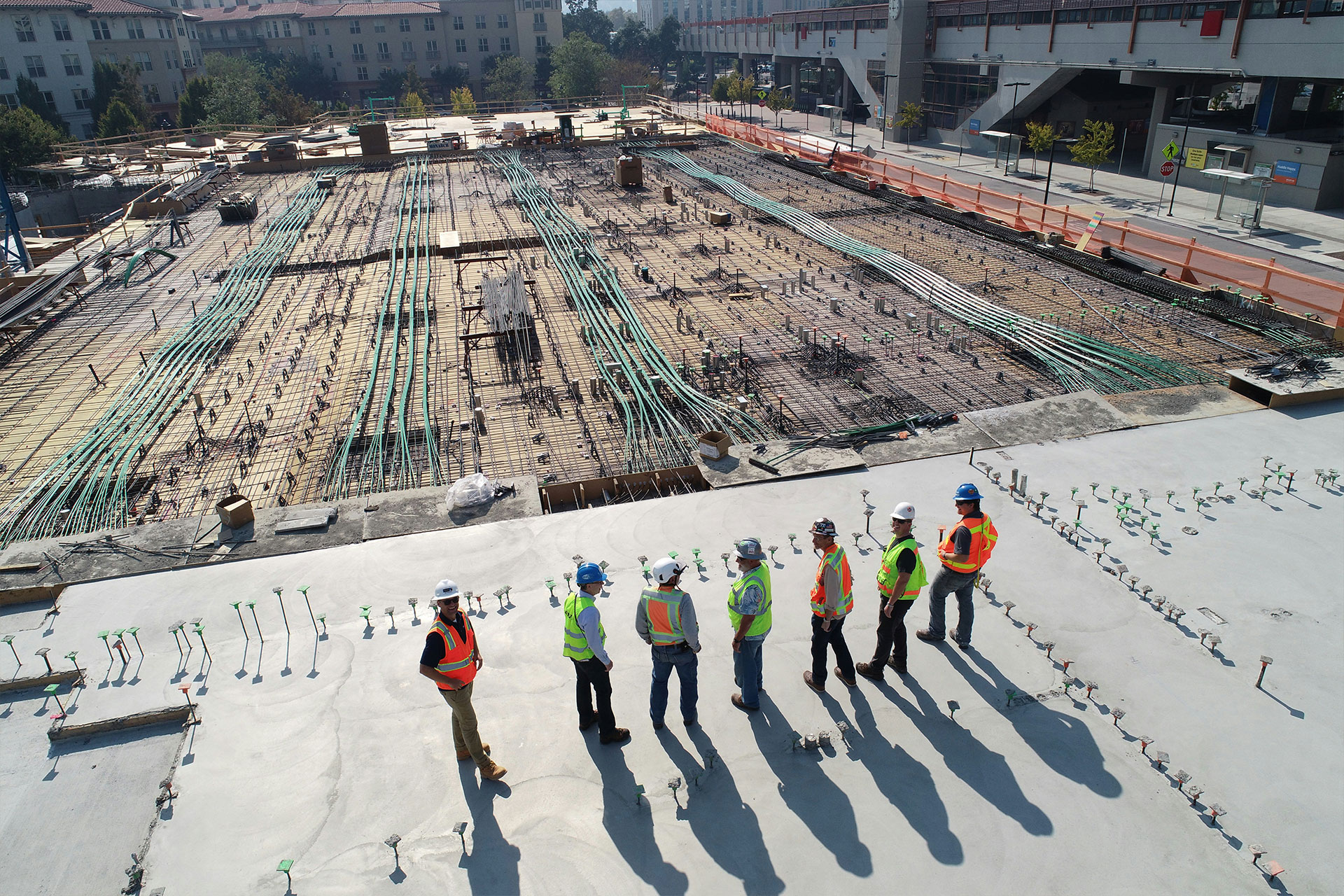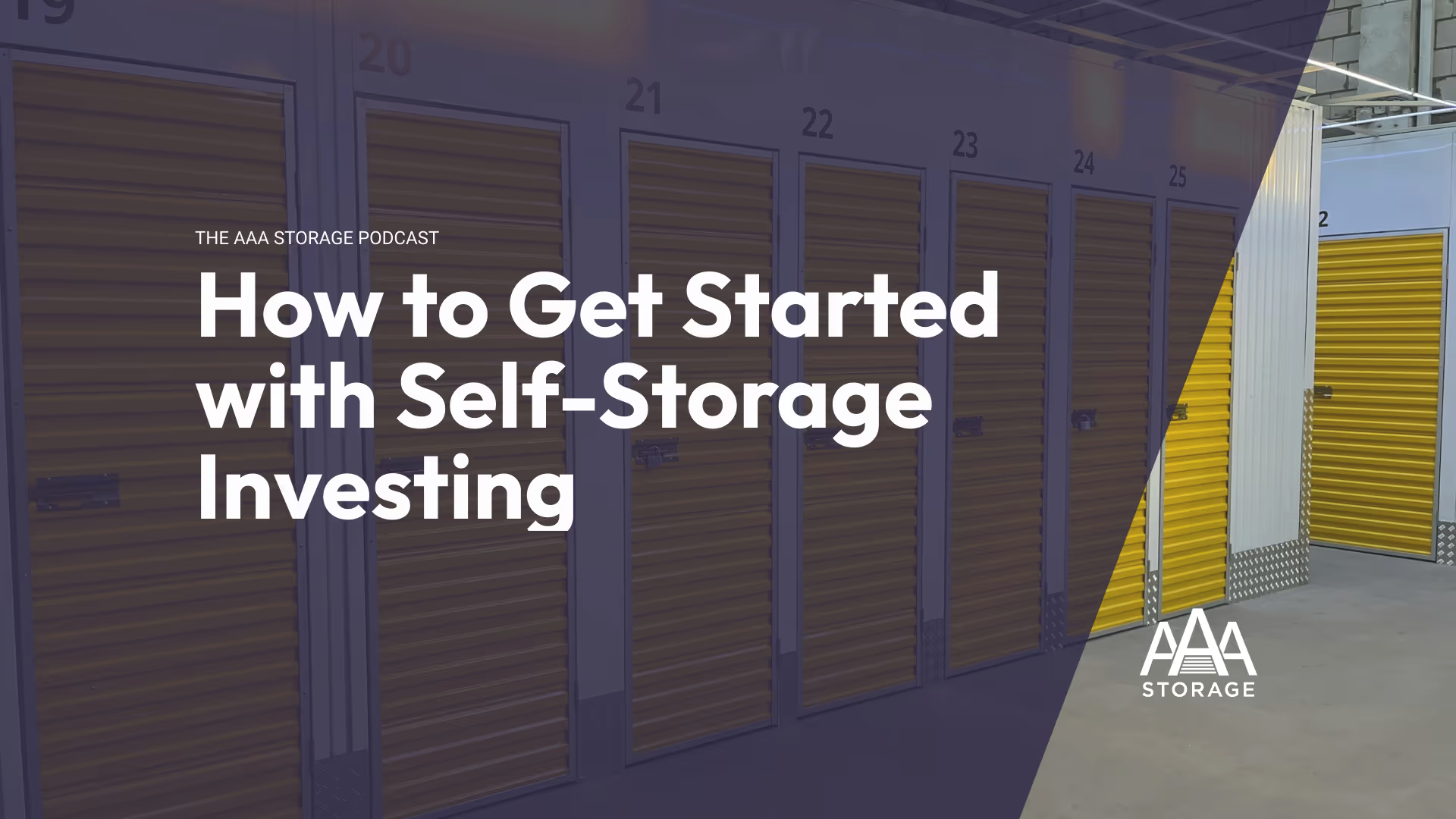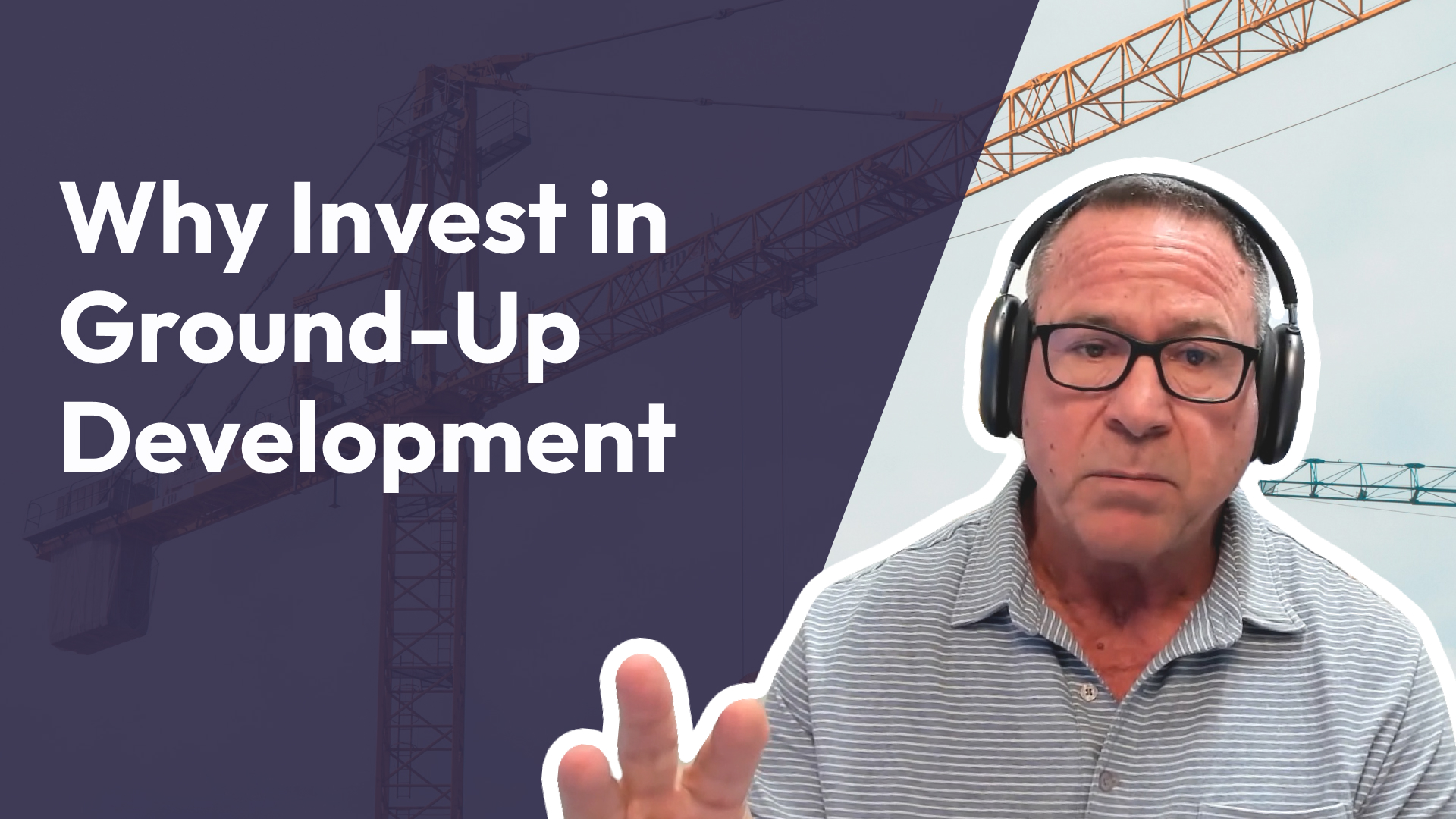
How Allocation Decisions Shape Real Estate Returns
Many accredited investors are under-allocated to private real estate. The industry standard is to target 20–40% of an investment portfolio in real estate, but most investors instead concentrate on stocks, bonds, and mutual funds. Direct property ownership is not practical for most; commercial property ticket sizes and intensive management requirements discourage individual investors from participating alone, especially at optimal scale.
The best route is professionally-managed, diversified real estate funds. This approach simplifies ownership, spreads investor capital across multiple assets, and brings institutional discipline and ongoing portfolio oversight. Most capital allocators and investors still rely heavily on stabilized, income-producing properties—core and core-plus assets—for perceived security and reliable distributions.
The Distinctive Value of Ground-Up Development
Yet, relying solely on stabilized assets means returns are at the mercy of mostly uncontrollable forces: rent growth, cap rate compression, interest rate changes, and expense trends. Only one of these—expense management—sits fully within investor influence, and opportunities for cost reductions are modest at best. Cap rates and interest rates shift unpredictably, and market rent growth is cyclical.
Ground-up development creates a unique avenue for value by inserting a new driver—development spread—into the mix:
• Projects underwritten at a 9.5% yield on cost when market cap rates are 6% build in a 350 basis-point spread.
• This is additional value that cannot be captured by buying an existing asset at a 6% cap.
• If markets cycle downward, the yield-on-cost spread naturally buffers returns, helping to compensate for periods of weak rent growth or adverse cap rate shifts.
In direct numbers:
• Buying an existing multifamily asset with 4% NOI growth over six years may net a 10.7% IRR, assuming no cap rate movement. A 50-basis-point cap rate increase drops that IRR to approximately 4.5%.
• Constructing and stabilizing a self storage facility to a 9.5% yield on cost, selling at a 6% market cap, sustains IRRs above 21% even with some market slippage. Exceptional cycles can drive IRR to 24% or higher.
Risk in Context: Self Storage and Small Bay Industrial Versus Multifamily
Risk is real in development, but relative risk matters. Self storage and small bay industrial both enjoy cost-to-rent ratios that lower downside and make adverse outcomes more survivable.
• Multifamily: $250–$300/sqft to build, rents $19–$20/sqft.
• Self storage: $100–$110/sqft to build, rents $18/sqft.
• Small bay industrial: $80–$90/sqft to build, rents $18/sqft.
Lower build costs mean lower carry costs during lease-up. In slow or negative market cycles, investors in self storage or small bay industrial are less likely to face capital calls or lose significant equity, as the cost base is lower. These real estate types create a measurable risk buffer compared to multifamily, office, or retail segments.
Achieving Portfolio Balance Through Blended Strategy
A portfolio combining existing assets and ground-up development benefits from:
Income and near-term stability (from existing assets).
Built-in value creation and buffered risk (from development spread, especially in self storage and small bay industrial).
Lower volatility and diversification, thanks to professional oversight and multi-asset exposure.
The optimal structure leverages the strengths of each approach. Development is not without risk, but—in self storage and small bay industrial—the cost structure and yield-on-cost mechanics tilt the equation meaningfully in the investor’s favor. For growth-minded investors, a portfolio blend that includes ground-up projects provides robust, risk-aware performance over time.
Find more expertise.
Stay updated with our newsletter.
Subscribe now for the latest news, tips, and exclusive content delivered straight to your inbox.










